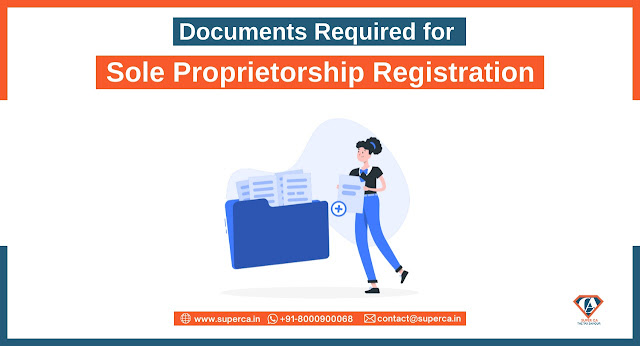Process of Aadhaar Authentication under GST
Aadhaar authentication is a process by which the Aadhaar number along with other biometric details of the Aadhaar holder are submitted to the Central Identities Data Repository (CIDR) for verifying the user for his desired action or we can say for verifying its correctness. The CIDR verifies the correctness of data on the basis of information available with it. This step has been taken in order to validate the identity of Aadhaar holders easily from anywhere with the purpose to reduce fraud.
In the 39th GST Council Meeting held on March 14, 2020, the idea of Aadhaar Authentication for new taxpayers was approved but its implementation was kept on hold due to the COVID-19 crisis. Later on, CBIC issued notifications about Aadhaar authentication for GST registration from 1st April 2020 which was later changed & was made optional. Currently, Aadhaar authentication is not mandatory for already registered people, non-residents,
Aadhaar authentication for online GST registration is a simple process. Any person opting for it will get it done within a few days if all the verification is done appropriately. The new GST registration process is done along with it.
Mandatory Cases & Exception of Aadhaar Authentication
In order to become eligible for the GST registration, Aadhaar authentication is mandatory for some classes of individuals as per the CGST Act. Classes of persons to whom the proof of possession of Aadhaar Number are mandatory are :
➤ Authorised signatory of all types
➤ Department or establishment of Central/State Government
➤ Managing or Authorised partners of a partnership firm
➤ Karta of a Hindu Undivided Family
Exceptions
If an individual is not a citizen of India or he is a person other than the one mentioned above are exempted. We can say that only authorized partners and signatory are mandatorily required to go for Aadhar authentication, not all the partners, directors, committee members etc. Managing directors, whole-time directors or other directors who have not authorized signatories, partners of the firm who are neither managing partners nor authorized signatories, members of managing committees or board of trustees who are not authorized signatories need not go for Aadhar authentication.
Process GST Registration through Aadhar Authentication
At the time of applying for GST registration by logging on to www.gst.gov.in and navigating to Services > Registration > New Registration option, the applicant is given an option to select if he wishes to authenticate Aadhaar. You can either select a YES or a NO for Aadhaar Authentication.
On selecting ‘No’, a window appears asking to upload e-KYC documents of the signatory and one promoter/partner. Proceed with the verification to complete the filing of the application.
If you select YES, the authentication link will be sent to the registered mobile number and email ID mentioned in the application of both the primary authorised signatory and the particular promoter or partner, as the case may be. The link will be valid for the next 15 days only. Upon clicking the authentication link, a screen will come with a declaration where the applicant needs to enter any Aadhaar number and click on “validate".
On successful matching of the details in the registration form with the UIDAI, an OTP will be sent on their email and mobile registered with the Aadhaar that has been entered by the applicant. On entering the OTP in the box provided on the screen, validation will be complete and a message of successful e-KYC authentication will be shown.
A person opting for Aadhaar authentication for new GST registration would get it within just 3 working days from the date of submitting an application.
Rejection of Application
As per sub-rule 4 of rule 9 CGST rules, where no reply is furnished by the applicant in response to the notice issued under sub-rule (2)9 or where the proper officer is not satisfied with the clarification, information or documents furnished, he may reject such application citing valid reasons and inform the applicant electronically in FORM GST REG-05.
The time limit for completion of procedures
Case | Time Limit |
The person who has successfully completed Aadhaar authentication or The exempted person from the Aadhaar authentication requirement. | Within 3 working days from the date of submitting an application |
Where a person who has opted but failed to complete Aadhaar authentication | Within 21 working days from the date of submission of the application to send the notice in form REG-3 |
Where a person has not opted for Aadhar authentication | Within 21 working days from the date of submitting an application. |
Where a person who has opted but failed to complete Aadhaar authentication, notice is issued in form GST REG-3 and the person has replied in REG-4 | Within 7 working days from the date of receipt of the response, information or the required documents |
Cessation
The key purpose behind the Authentication of Aadhaar is to create an online platform where the identity of Aadhaar holders can be validated anytime and anywhere in case of any concerns. This step will keep a check on the malpractices happening under the Goods and Services Tax law, like cases of fake bills, dummy address registrations and multiple registrations in the same places and to lay down ease of registering the business.
Now it’s a simple and easy procedure for new and existing GST taxpayers to get their Aadhaar authentication done as per the guidelines.
Originally published at https://superca.in on Aug 26, 2021.





Comments
Post a Comment